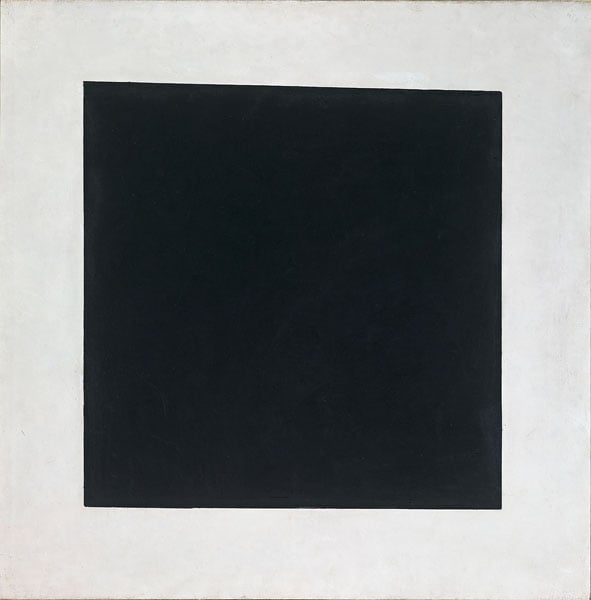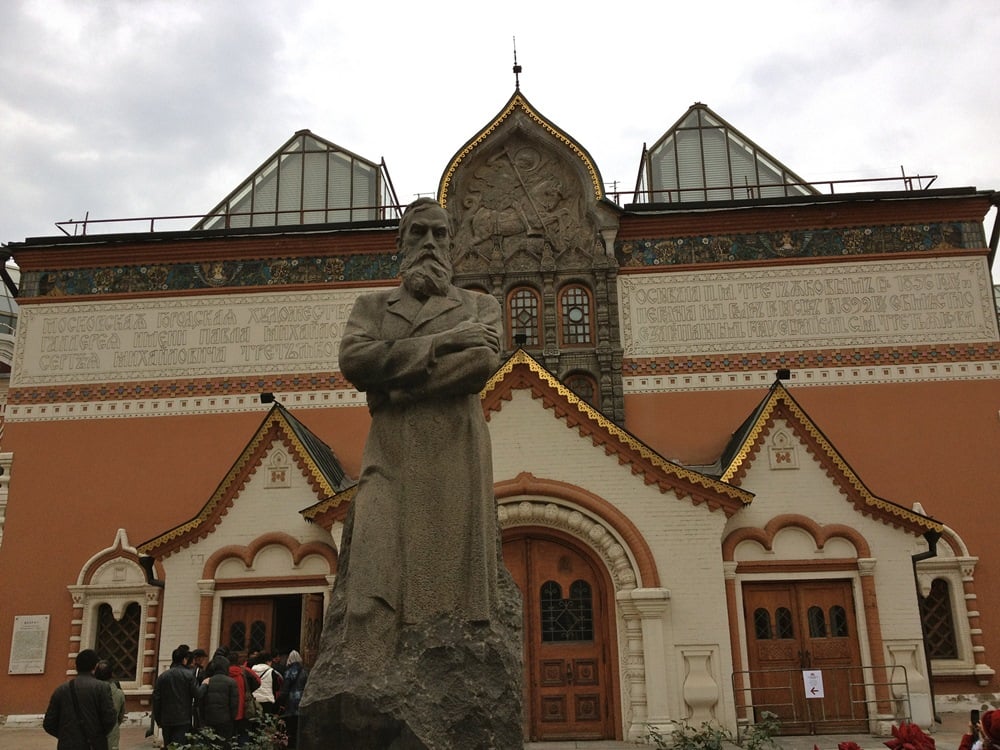Art & Exhibitions
X-Ray Analysis Gives Shocking New Insights Into Kazimir Malevich’s ‘Black Square’
Two pictures were discovered under the black paint.

Two pictures were discovered under the black paint.

Experts at Moscow’s Tretyakov Gallery discovered two previous paintings and an inscription underneath Kazimir Malevich’s seminal Black Square (1915).
The Russian museum—which owns one of three versions of the work—performed an x-ray analysis on the top layer of black paint to uncover the underlying images. The findings could reveal the story behind the groundbreaking artwork.
Similar tests have been known to lead to breakthrough discoveries. Berlin’s Gemäldegalerie used x-rays to determine that a Rembrandt canvas had been repainted by Joshua Reynolds, and a second image was found beneath the surface of another painting by the Dutch master. There was even a new painting added to Claude Monet’s oeuvre when his signature was found on a “Haystack” painting thanks to a hyperspectral camera.
“It was known that under the Black Square, there was some underlying image,” Ekaterina Voronina, an art researcher at the Tretyakov told Kultura TV. “We found out that there is not one image, but two.”

The work is part of a centenary exhibition at the State Tretyakov Gallery, Moscow.
Photo: Chelsea Marie Hicks, via Flickr.
She continued, “We proved that the initial image is a Cubo-Futurist composition, while the painting lying directly under the Black Square—the colors of which you can see in the cracks—is a proto-Suprematist composition.”
The x-ray analysis also uncovered a handwritten note by the artist on the painting’s white border which is still being deciphered. However, according to AFP, preliminary investigations have revealed that the text says “Negroes battling in a cave.”
The note may be a reference to an 1897 black square painting by the French writer Alphonse Allais titled Combat des Negres dans une cave, pendant la nuit (“Negroes Fighting in a Cellar at Night.”)
If the preliminary interpretation holds up, it could support a connection to the earlier French painting, demonstrating that one of Malevich’s most famous works was in fact an art historical response or an interpretation of Allais’s piece, showing that the Russian artist’s pool of influences had been much broader than previously thought.

The Russian avant-garde master’s artistic influences may have been broader than previously thought.
Photo: Wikimedia Commons
In the 1910s, Malevich adopted Cubo-Futurism, a Russian avant-garde style that combined Cubism and Futurism.
He then developed what he called Suprematism and started painting geometric shapes instead of figurative subjects. Black Square was the culmination of this concept.
The gallery’s findings will reportedly be presented at an exhibition opening on Wednesday.
Malevich’s Black Square is part of the Tretyakov’s current exhibition “The Mark of Malevich,” which marks the centenary of the unveiling of the artist’s Black Square.
“The Mark of Malevich. Graphics From the State Tretyakov Gallery’s Collection” runs until February 14, 2016.